Climate change is one of the greatest challenges facing our planet today. From rising sea levels to more frequent and intense natural disasters, the impacts of a warming climate are being felt across the globe. In response, the world’s nations have come together under the framework of the United Nations Framework Convention on Climate Change (UNFCCC) to collaborate on solutions.
The centerpiece of this international effort is the Conference of the Parties, or COP, a yearly gathering of representatives from nearly 200 countries. The COP provides a platform for these nations to assess progress, negotiate new commitments, and coordinate global action on climate change.
The 29th Conference of the Parties (COP29) to the United Nations Framework Convention on Climate Change (UNFCCC) took place in Baku, Azerbaijan, from November 11th to 22nd, 2024. This annual global gathering brought together world leaders, climate scientists, activists, and negotiators to address the urgent issue of climate change.
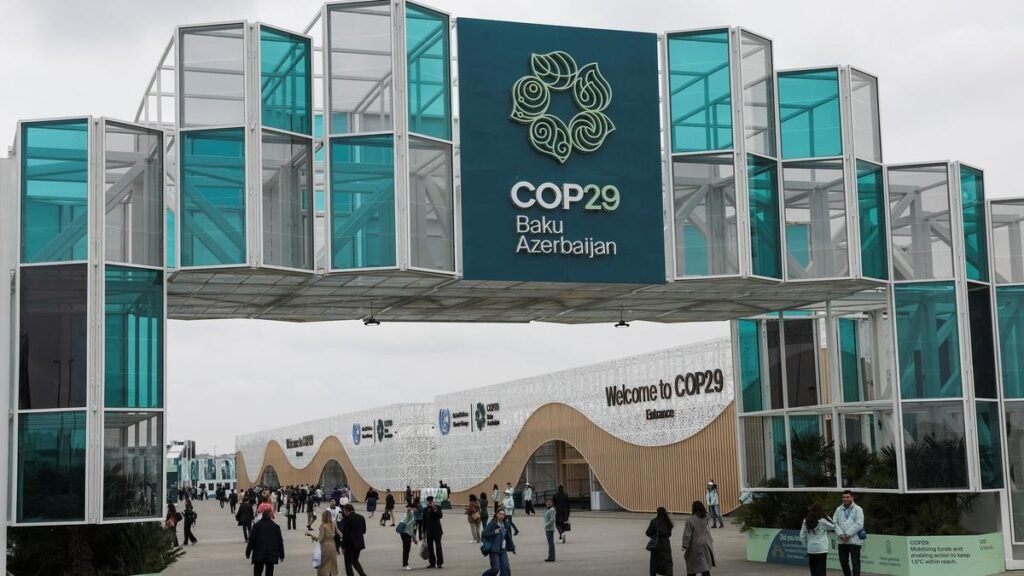
The Origins of the COP
The COP has its roots in the 1992 Rio Earth Summit, where countries adopted the UNFCCC. This landmark agreement established the goal of “stabilizing greenhouse gas concentrations in the atmosphere at a level that would prevent dangerous anthropogenic interference with the climate system.”
To achieve this aim, the parties agreed to meet regularly to review progress and take further steps. The first COP was held in 1995 in Berlin, and it has convened annually ever since, making it one of the longest-running international climate conferences.
COP29 – The Stakes Are Highest
On the day of the beginning of the summit, many of the leading players could not be present following Trump’s victory.
COP29 arrived at a crucial juncture, with the world facing increasingly severe climate impacts. Rising global temperatures, extreme weather events, and environmental degradation pose significant threats to human societies and ecosystems. The international community gathered in Baku to take stock of progress made, identify new challenges, and chart a course for a more sustainable future.
Day-1 of COP29 started with a significant delay in the adoption of the agenda after a disagreement between the developing and developed nations on the dialogue on finance under the global stocktake—a process that assesses how well countries are working to meet the goals set by the Paris Accords. The agenda was finally accepted with a “compromise” late Monday.
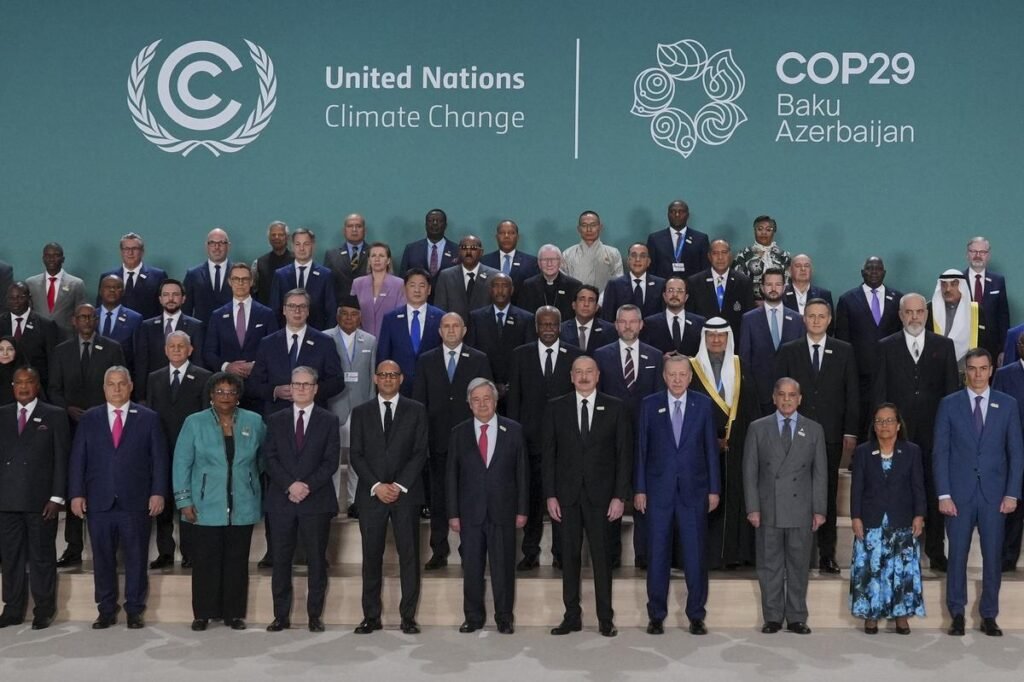
Key Issues on the Agenda
Several key issues that will dominate the COP29 agenda:
- Enhanced Climate Ambition: A central focus was on increasing the ambition of national climate action plans, known as Nationally Determined Contributions (NDCs). These plans outline countries’ commitments to reducing greenhouse gas emissions and adapting to climate change. COP29 aimed to push countries to strengthen their NDCs and align them with the Paris Agreement’s goal of limiting global warming to well below 2 degrees Celsius, ideally 1.5 degrees Celsius.
- Climate Finance: The issue of climate finance remained a critical point of contention. New Collective Quantified Goal (NCQG) on climate finance, will represent future annual flows of climate finance from developed to developing countries. Developed countries have pledged to mobilize $100 billion per year in climate finance to support developing countries in their mitigation and adaptation efforts. However, this target has not been fully met. COP29 sought to address this shortfall and establish a new, more ambitious long-term finance goal.
- Loss and Damage: The impacts of climate change, such as extreme weather events and sea-level rise, are causing significant loss and damage, particularly in vulnerable countries. COP29 aimed to make progress on establishing a dedicated funding mechanism to address these losses and damages.
- Adaptation and Resilience: Building resilience to the impacts of climate change was a key priority. COP29 focused on enhancing adaptation efforts, particularly in vulnerable regions, and sharing knowledge and technologies to support climate-resilient development.
- Just Transition: Ensuring a just transition to a low-carbon economy was another important theme. This involves creating jobs, providing social protection, and supporting communities affected by the shift away from fossil fuels. COP29 aimed to address the social and economic dimensions of climate action.
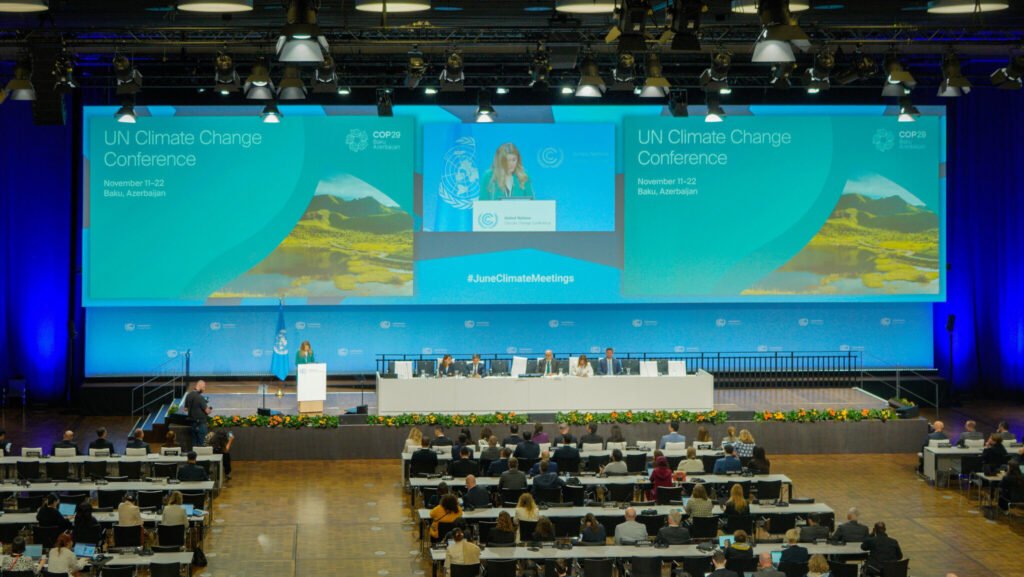
COP29 A Call for Solidarity and Action
As the world grapples with the escalating impacts of climate change, the role of the COP has become increasingly vital. COP29 underscores the need for global solidarity and cooperation to tackle the climate crisis. The conference emphasized the importance of science-based decision-making, equity, and inclusivity. It called for ambitious climate action, increased financial support, and technology transfer to enable developing countries to transition to low-carbon economies.
While COP29 marked an important step forward, significant challenges remain. The world must continue to work together to accelerate climate action, bridge the gap between ambition and implementation, and ensure a sustainable future for all.











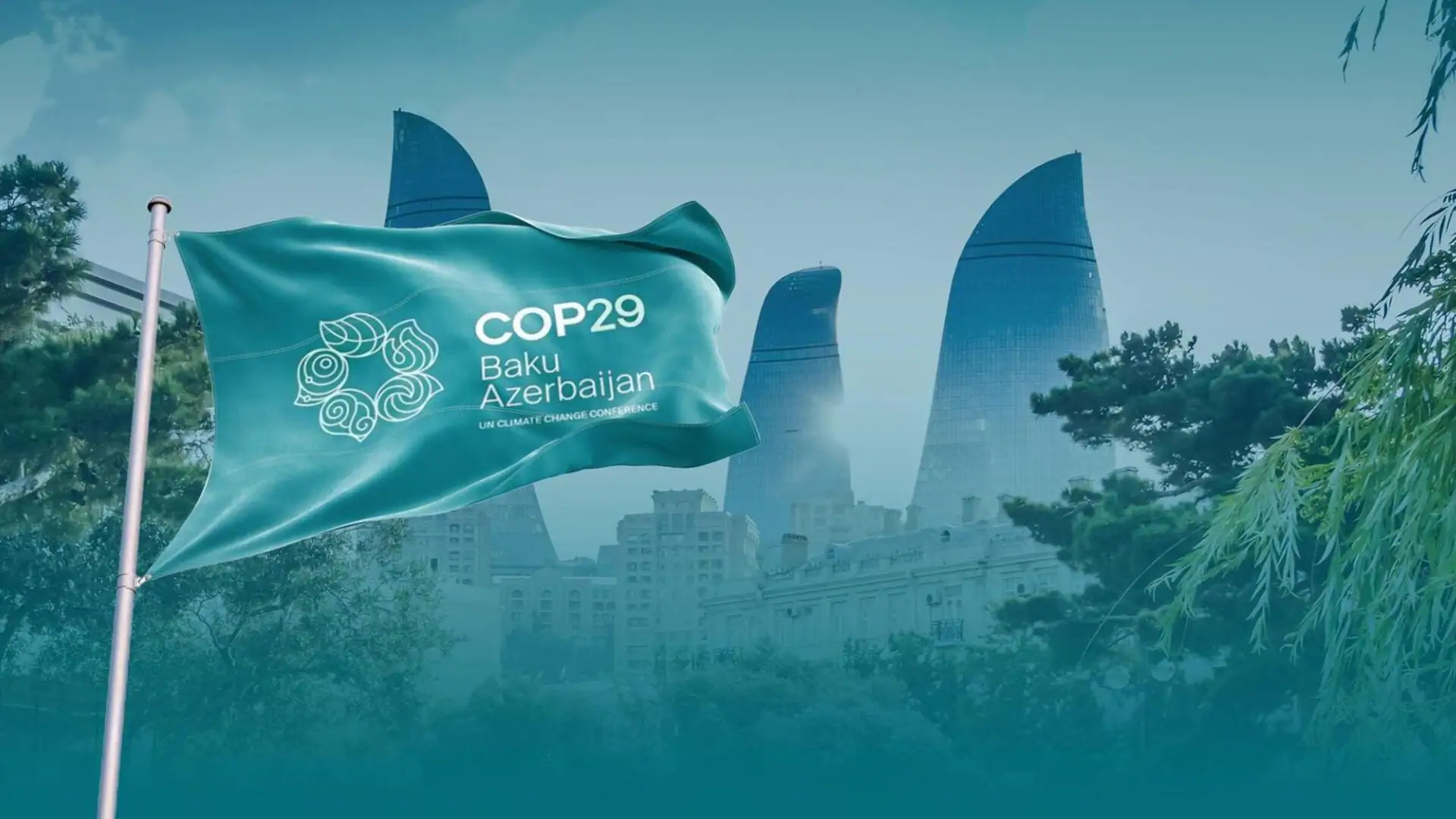


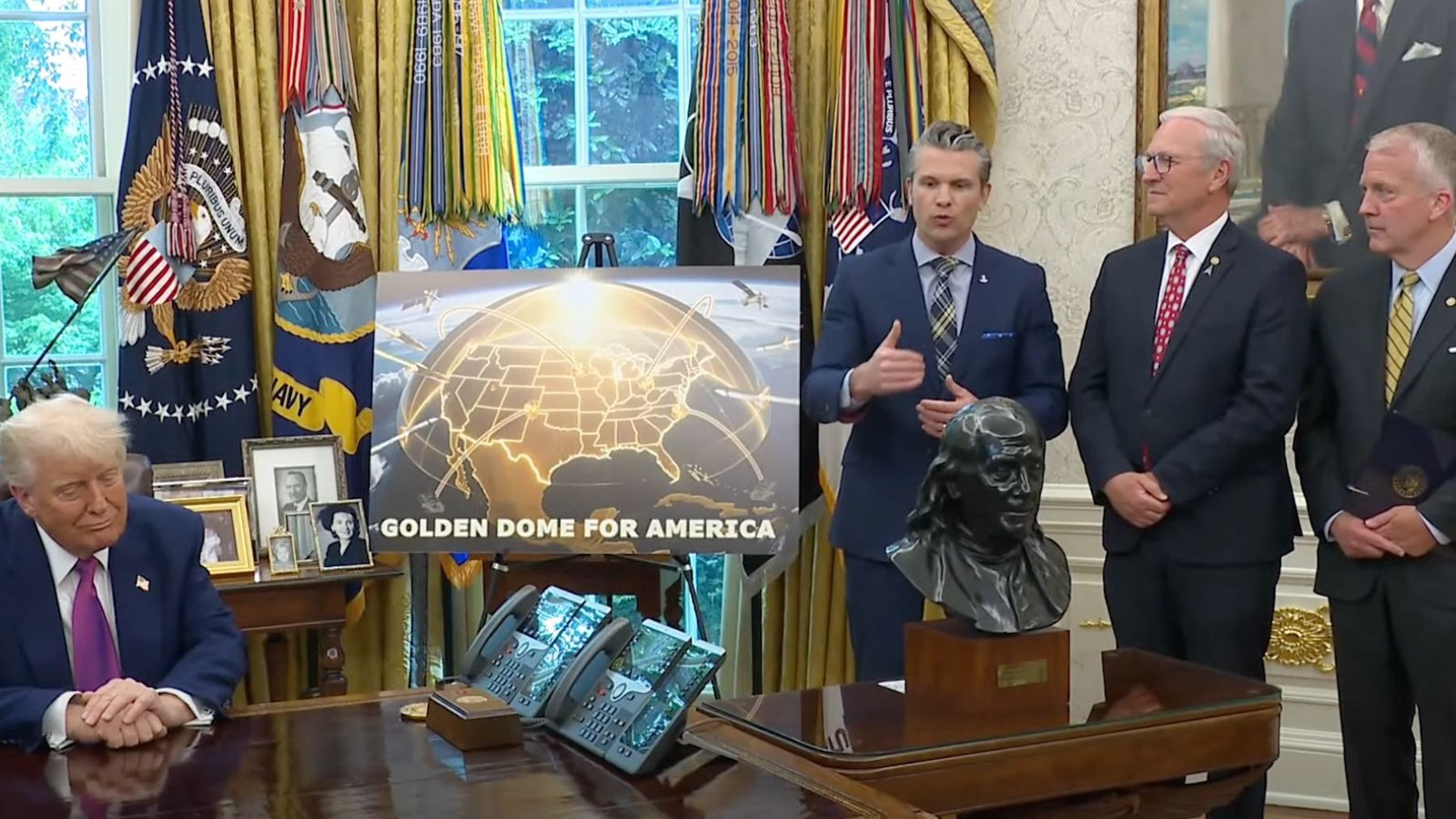

Baddiehub You’re so awesome! I don’t believe I have read a single thing like that before. So great to find someone with some original thoughts on this topic. Really.. thank you for starting this up. This website is something that is needed on the internet, someone with a little originality!
gab I really like reading through a post that can make men and women think. Also, thank you for allowing me to comment!